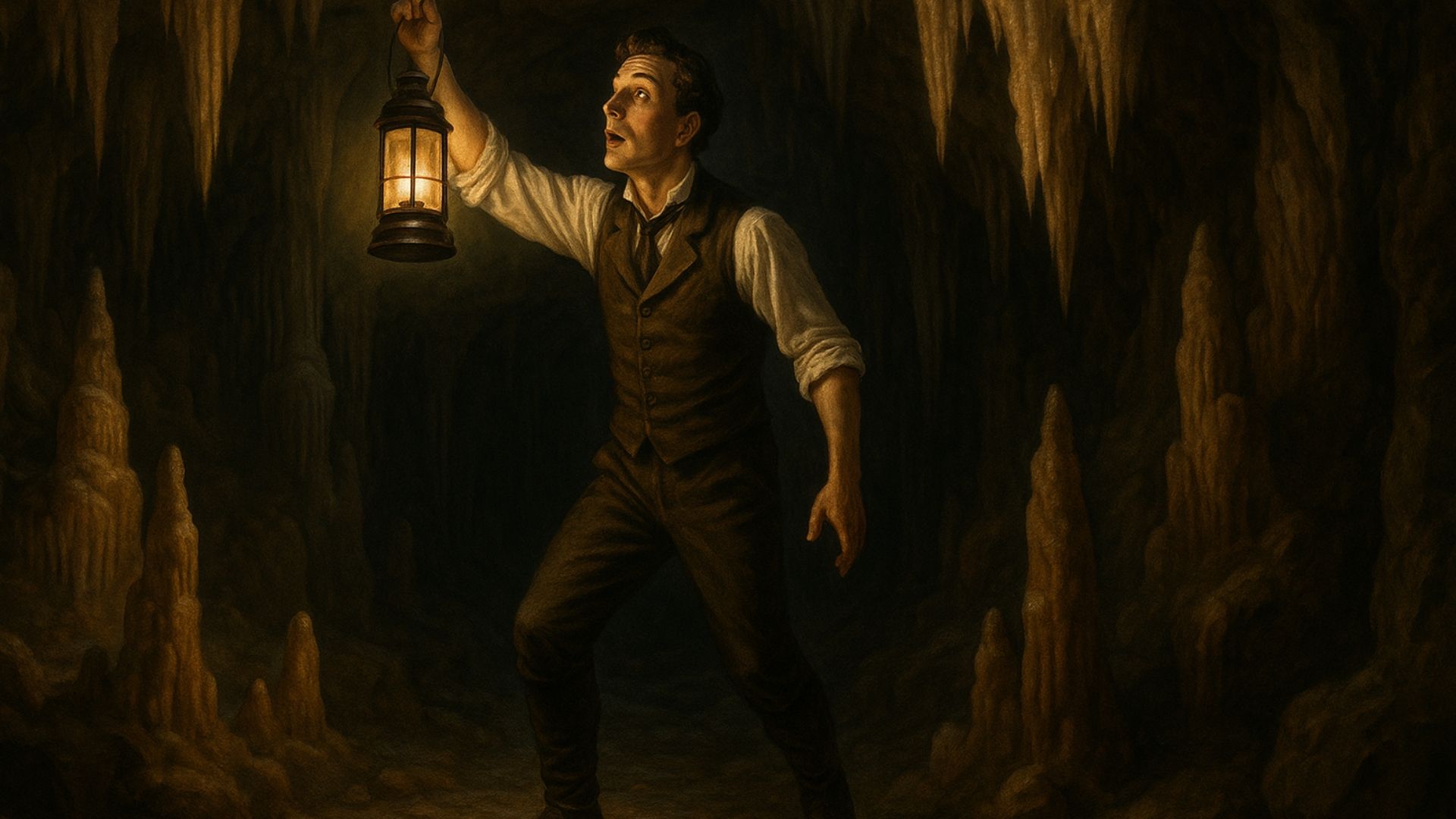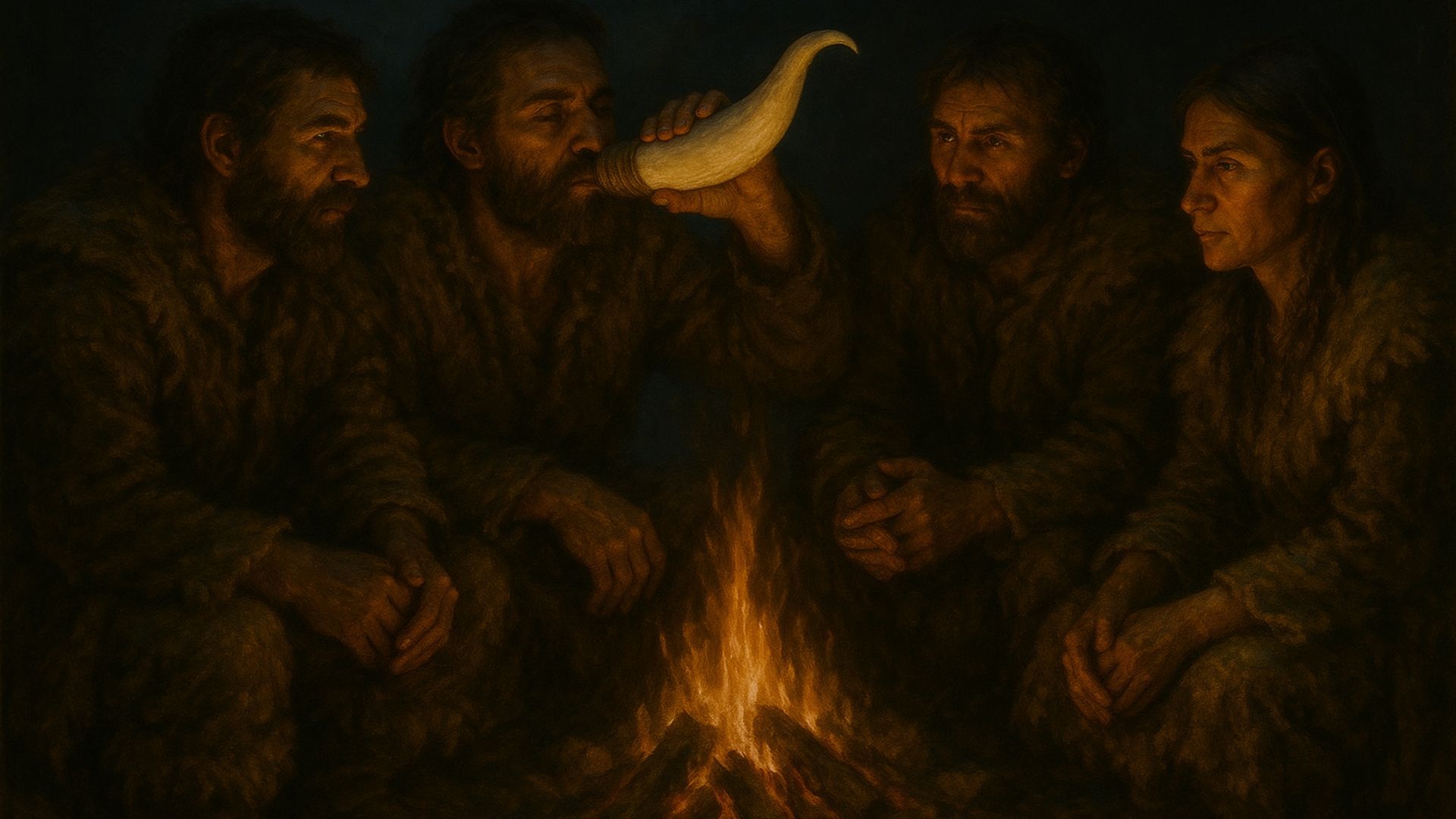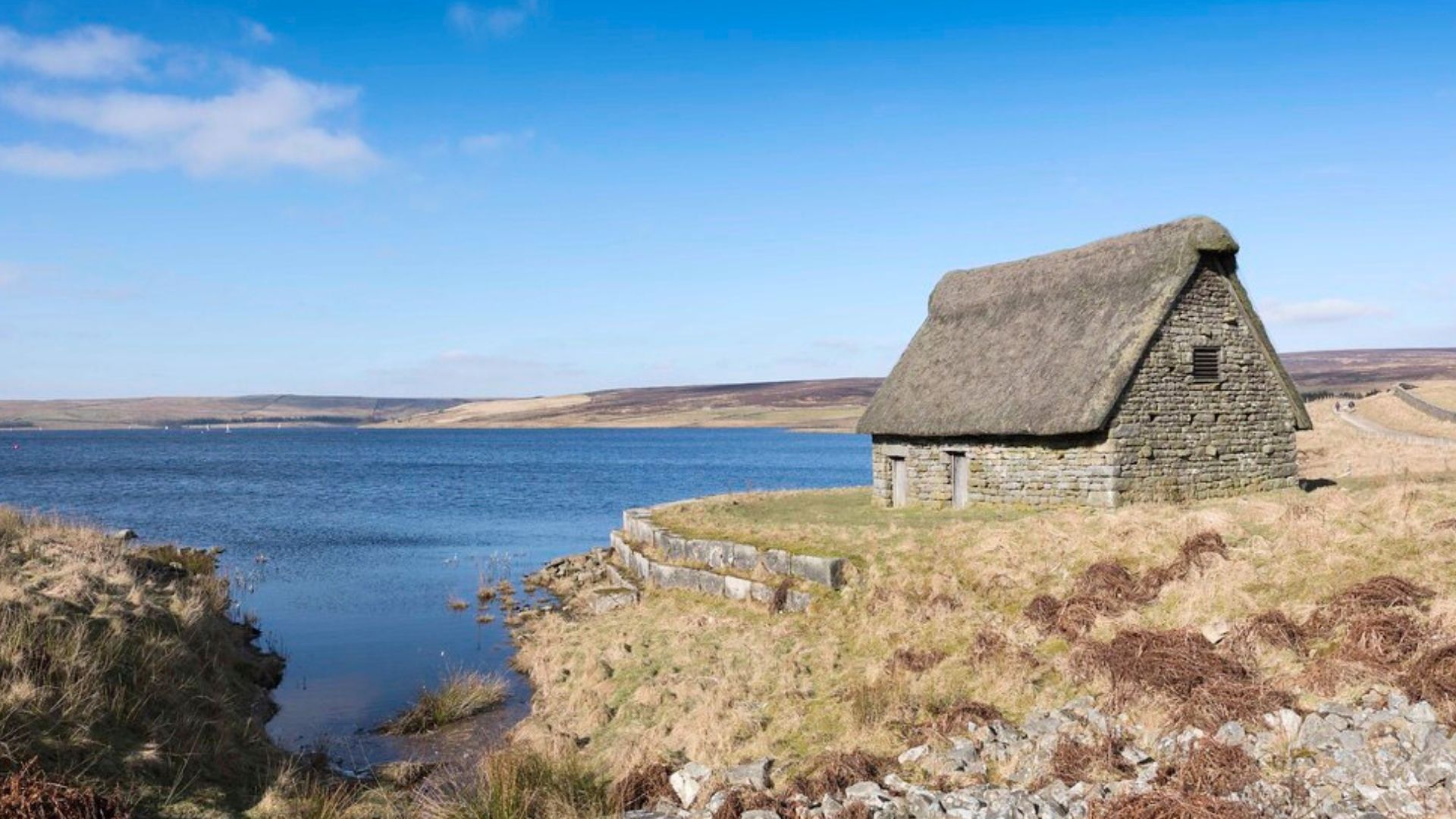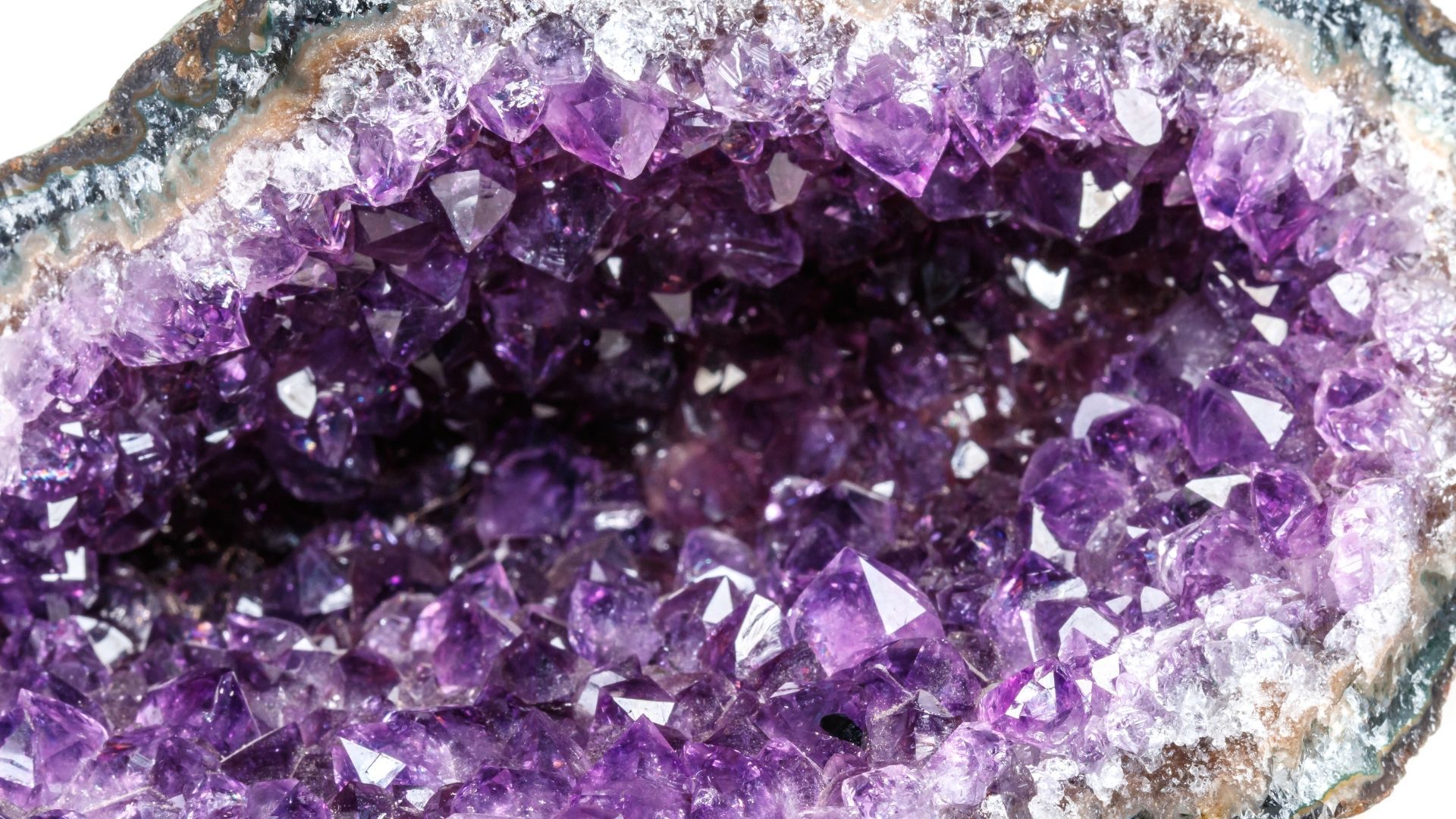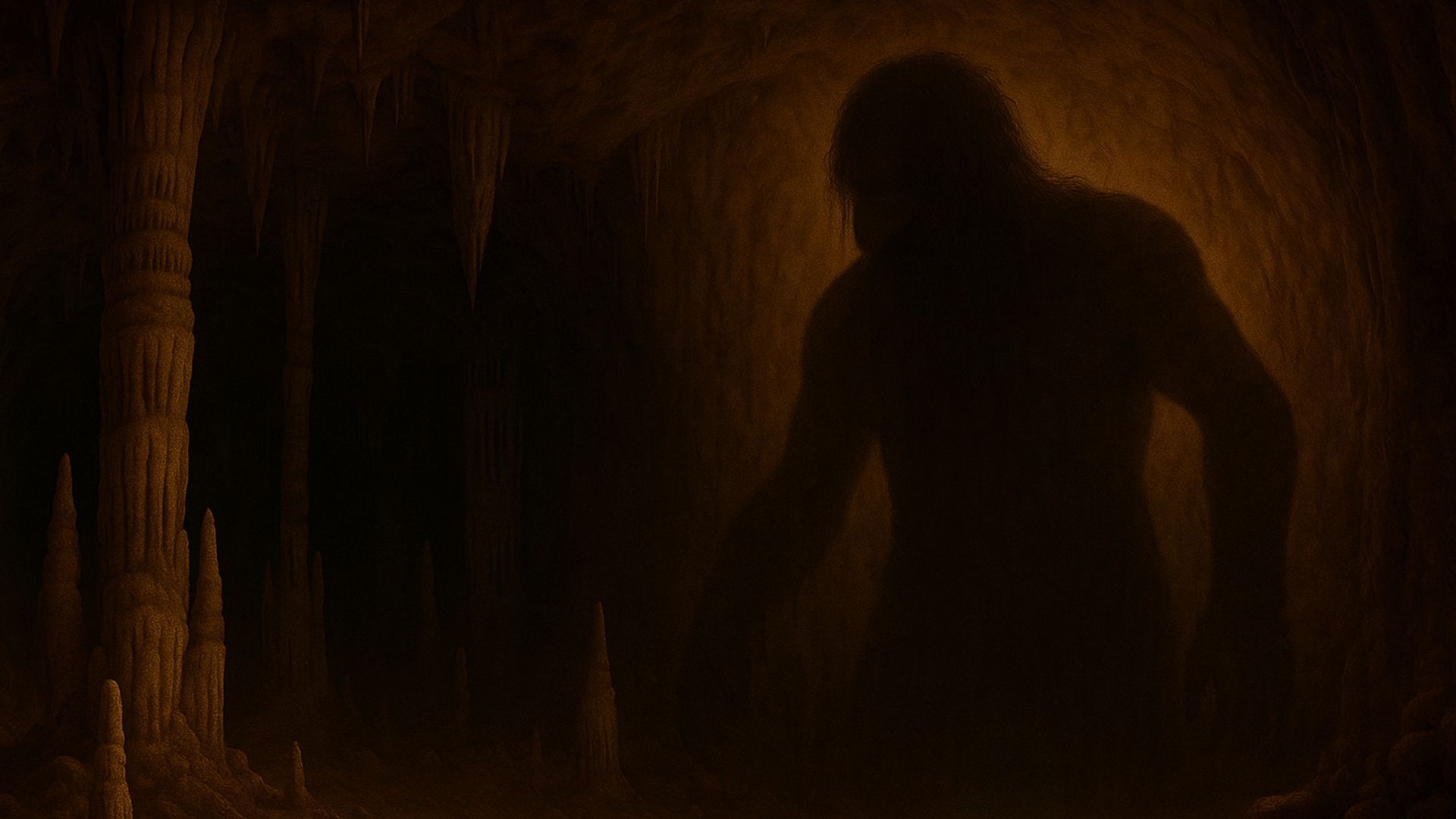Here at Stump Cross Caverns, we love learning about the cosmos. So, put your space suit on. It's time to discover the amazing world of meteorites.
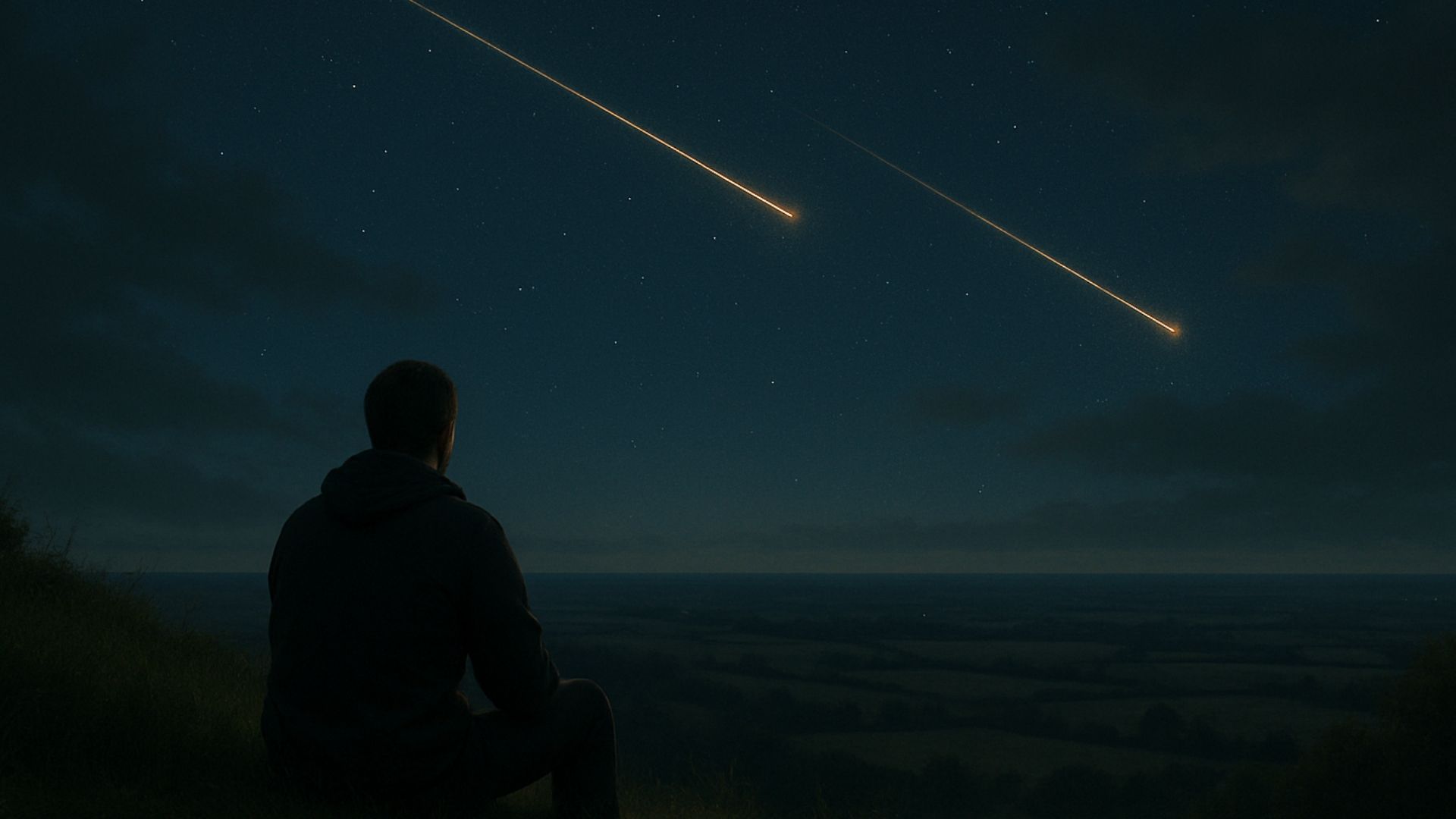
In February 2021, the Wilcock family heard an unexplained thud outside their home in Winchcombe, Gloucestershire.
The cause of the sound turned out to be a meteorite. Once part of a larger asteroid, the Winchcombe meteorite spent 300,000 years travelling through space before crash-landing on Earth.
Most of the time, space can seem vast and far away. But a meteorite is a piece of space you can, in theory, reach out and touch.
A meteorite is a true survivor. It technically only becomes a meteorite when it enters the Earth's atmosphere. Before that, it's a meteor, also known as a "shooting star". And before that, it's part of an asteroid.
The journey from asteroid to meteorite can take millions or even billions of years. And while most plop harmlessly into the sea, some have left craters in the Earth's surface.
Take the Vredefort Dome in South Africa. This UNESCO World Heritage Site in South Africa is the site of the biggest impact crater on Earth. It's two billion years old, and the meteorite that caused it is believed to have been over 13 miles wide. That's the length of a half-marathon. Crikey!
Even smaller meteorites are heavy for their size. They're irregular in shape, pitted and cratered and coated with a thin, dark crust. Many are magnetic, thanks to their iron-nickel alloys. Others are made of silicate materials, and others still from a combination of stone and iron.
But how do these relics from outer space differ from asteroids and comets? Aren't they all just extraterrestrial rocks?
What are the differences between meteorites, asteroids and comets?
An asteroid is an irregularly shaped object orbiting the Sun that's made from rock and metals. A meteorite is a rock that's broken away from an asteroid, passed through the Earth's atmosphere and landed on Earth.
A comet, meanwhile, is a huge, icy body comprised of dust, rock and frozen gases. Like asteroids, they orbit the Sun. When close enough to the Sun, they develop long, streaming tails.
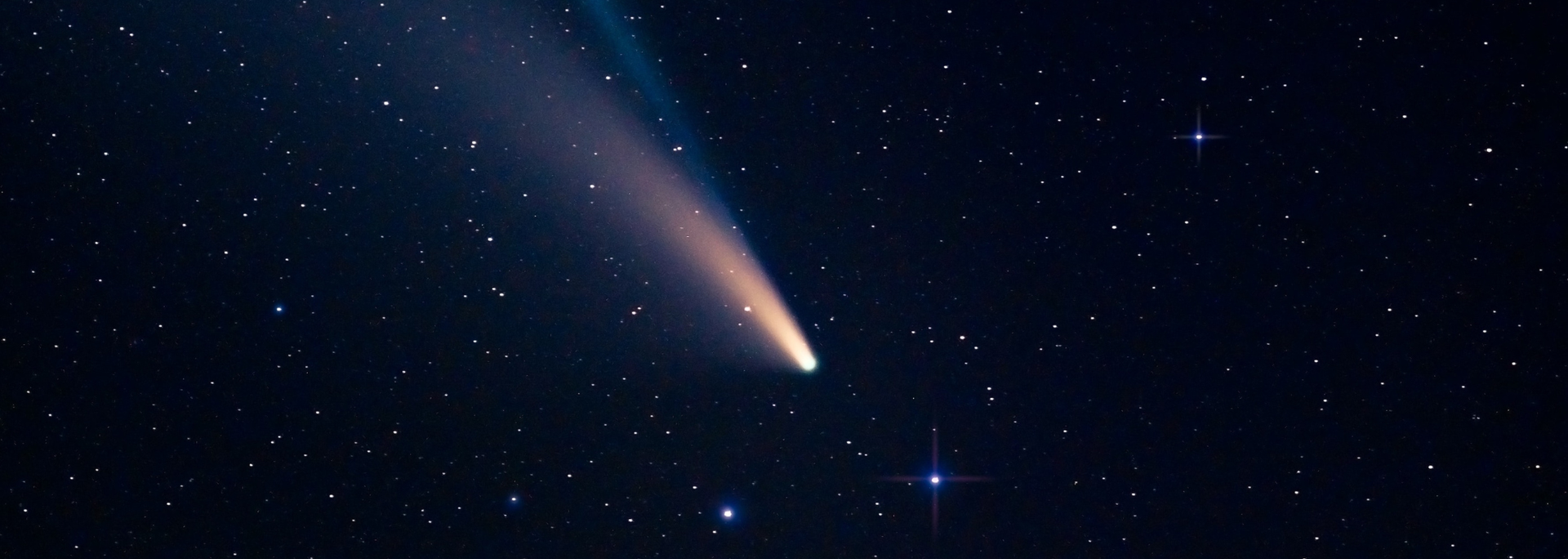
Meteorites mostly come from the asteroid belt between Mars and Jupiter. Some come from comets and, more rarely, from the Moon and Mars.
The magic of meteor showers
Meteor showers are one of the wonders of the natural world. For millennia, humans have gazed agog as shooting stars streaked across the night sky.
They occur when Earth passes through a dust trail left by a comet or asteroid. This encounter causes meteors to burn up and appear as shooting stars. At their best, they're a cosmic firework display – no entrance fee required.
Several meteor showers can be seen in the UK:
- The Quadrantids in early January
- The Lyrids in late April
- The Perseids in mid-August
- The Geminids in mid-December
For a full calendar of meteor showers, check out the
Royal Museums Greenwich website.
To get the most out of a meteor shower, you'll need a dark location, a lot of patience and some warm clothes!
Here in the Yorkshire Dales, the skies are astonishingly dark – so dark, in fact, they're classed as an International Dark Sky Reserve. This makes them a great spot for looking at the stars and meteor showers.
What can we learn from meteorites?
Meteorites are undeniably cool. But they also help scientists learn more about the history of the solar system. That's because they contain materials that helped form planets billions of years ago. Each one is like a time capsule fallen from the sky.
As
NASA tells us, "By studying meteorites, we can learn more about our solar system's history. This includes learning the age and composition of different planetary building blocks, the temperatures achieved at the surfaces and interiors of asteroids, and the degree to which materials were shocked by impacts in the past."
Not bad for a falling chunk of rock!
Your questions about meteorites answered
Are meteorites radioactive?
Meteorites contain common radioactive elements like potassium, thorium and uranium. However, their radioactivity levels are similar to or even lower than those of many Earth rocks. Scientists can handle them without worrying about radiation.
Have meteorites caused extinction?
The scientific consensus is that an asteroid landed on Earth 66 million years ago and caused a mass extinction. It wiped out three-quarters of all species on Earth, including all non-avian dinosaurs.
Can meteorites hurt you?
Theoretically, a falling meteorite could hurt you. However, the chances of seeing one at all are slim, and at the time of writing, there are no recorded deaths from meteorites.
What minerals are found in meteorites?
All sorts of minerals are found in meteorites. Among the most common components are pyroxene, olivine, nickel and iron.
Have I found a meteorite?
It's important to remember that most rocks that fall from the sky aren't meteorites. Between 1807 and 2024, only 1,924 meteorites were found and verified in the USA.
If you do think you've found a meteorite, you can use this ID checklist. Who knows, you could have hit the jackpot!
Are meteorites worth money?
Yes, meteorites can be bought and sold. The rarer the meteorite, the more money it will fetch. They're typically valued by weight.
Ready for a cosmic adventure?
Here at Stump Cross Caverns in the Yorkshire Dales, we're passionate about outer space. This passion is reflected in our Dark Skies stargazing events and our family-friendly Cosmic Adventures workshops.
This October and November, join us for a cosmic adventure as we share facts about the universe and make planets and constellations. At £5.50 a person, it's a great day out for all the family – especially when combined with a trip to the caves!
It's quick and easy to book your tickets online. But hurry – it's already proving popular and spaces are limited. (Space, on the other hand… Well, that's a topic for another blog post.)


